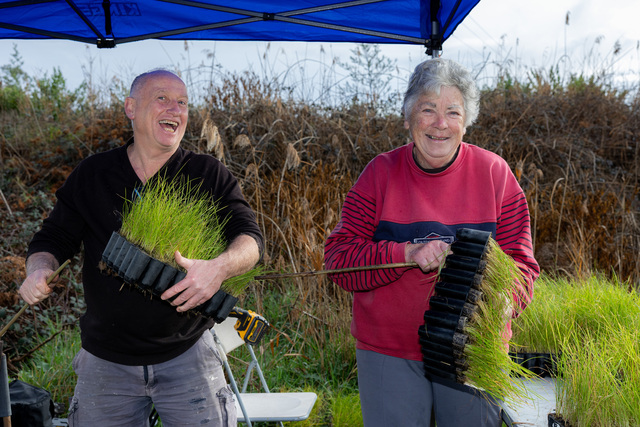By CAM LUCADOU-WELLS
MORE people in Greater Dandenong die from overdoses involving pharmaceuticals than from illegal drugs, official figures show.
According to statistics cited by the state coroner, 92 people died of a drug overdose in Greater Dandenong between 2009 and 2015 – the sixth-highest metro area in the state.
Of those, pharmaceuticals (70) were involved more than illicit drugs (46) or alcohol (25). Some of these deaths included combinations of the three categories.
Among the biggest killers are the anti-anxiety drug diazepam, opoid painkillers such as codeine, methadone and oxycodone, and anti-depressants.
Victorian Alcohol and Drug Association chief executive Sam Biondo said it was time to recognise a “serious problem” – with the state’s fatal pharmaceutical overdose numbers rising to 330 in 2015.
It was 73 more than the state’s road toll last year.
“I’m not seeing a lot of action by the states or federally, and I’m at a total loss as to why,” Mr Biondo said.
“We have to recognise how our society is being sold a lot of product by Big Pharma. And we are hooked on these products.”
Mr Biondo said there was a need for a real-time monitoring system to see what was being prescribed to people.
The system could monitor for frequent shoppers, high prescribed dosages and dangerous drug combinations.
“Part of the value is if all the chemicals are there on the screen, the (pharmacists or medicos) can see the combination of chemicals the customer is taking in.”
There should also be improved training of pharmacists and GPs about pharmaceuticals’ harms, Mr Biondo said.
He also called for the government to further subsidise methadone, introduce safe-injecting rooms and increase research into drug-and-alcohol treatments.
“It’s time we weren’t bound by the risk-adverse nature of politics. We should try something new.
“With the road toll, there were broad-based measures to drive that number down. This is no different an issue.”
A spokeswoman for Health Minister Jill Hennessy said considerable planning had been done for real-time prescription monitoring.
She said the current Government was the first in Victoria to commit funding – $300,000 – to the system, and had signed up to the Commonwealth’s software.
“We need to make sure we have the right information and communication technology requirements in place and that the necessary steps are being taken to prepare the health workforce for the introduction of the monitoring system in their clinical practices.”







